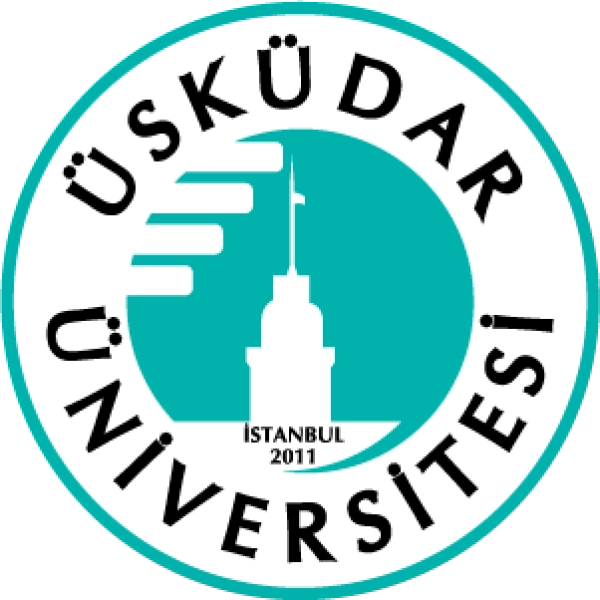College: Health Sciences
This major prepares students to work in the field of occupational health and safety, with a focus on preventing workplace injuries and illnesses. Students develop skills in hazard identification, risk assessment, and safety management. Graduates are equipped for roles in health and safety management, risk assessment, and training across various industries.
Learning Objectives:
- Understand the basics of occupational health and safety.
- Develop skills in hazard identification, risk assessment, and control measures.
- Learn techniques for conducting safety audits, inspections, and accident investigations.
- Explore principles of ergonomics, industrial hygiene, and emergency preparedness.
- Analyze challenges and opportunities in workplace safety management.
- Develop communication, problem-solving, and leadership skills for effective safety management.
Main Curriculum:
- Introduction to Occupational Health and Safety
- Overview of key concepts and industry trends in occupational health and safety.
- Hazard Identification and Assessment
- Principles of identifying and assessing hazards.
- Techniques for conducting risk assessments and developing control measures.
- Safety Management Systems
- Basics of safety management systems and their implementation.
- Ergonomics and Human Factors
- Principles of ergonomics and human factors in workplace design.
- Industrial Hygiene
- Basics of industrial hygiene and control of environmental factors in the workplace.
- Accident Investigation and Analysis
- Principles of accident investigation and root cause analysis.
- Emergency Preparedness and Response
- Basics of emergency preparedness and response planning.
- Legal and Ethical Issues in Workplace Safety
- Understanding legal requirements and ethical considerations in workplace safety.
- Practical Training in Occupational Health and Safety
- Hands-on experience in workplace safety through training and projects.
- Capstone Project in Occupational Health and Safety
- A comprehensive project applying skills in hazard identification, risk assessment, or safety management.
Assessment Methods:
- Hazard identification reports, risk assessment analyses, safety management plans, ergonomics studies, industrial hygiene reports, accident investigation analyses, emergency response plans, legal compliance studies, practical training reports, capstone projects, group projects, and training assessments.
Recommended Textbooks:
- "Occupational Safety and Health for Technicians, Engineers, and Managers" by Roger L. Brauer.
- "Safety Management: A Comprehensive Guide" by Dan Petersen.
- "Ergonomics: How to Design for Ease and Efficiency" by Nigel Corlett and Jennifer Bishop.
- "Industrial Hygiene" by Barbara Dawson and Robert N. Phalen.
- "Accident Investigation: Tools and Techniques" by Dan Verne.
- "Emergency Management: Principles and Practices" by William L. Waugh Jr.
- "Legal and Ethical Issues in Workplace Safety" by Various Authors.
Prerequisites:
Basic knowledge of occupational health and safety, industrial processes, and regulatory compliance. Suitable for students interested in workplace safety and health management.
Program Duration:
Typically 4 years to obtain a bachelor's degree, including coursework, projects, practical training, and internships.
Certification:
Graduates may earn a degree in occupational health and safety and pursue professional certifications such as Certified Safety Professional (CSP) or Certified Industrial Hygienist (CIH).
Target Audience:
Aspiring safety managers, industrial hygiene experts, health and safety specialists, and individuals seeking careers in occupational health and safety, risk management, and related fields. This major equips students with the skills necessary to excel in occupational health and safety, supporting careers in safety management, risk assessment, compliance, and training across various industries.

